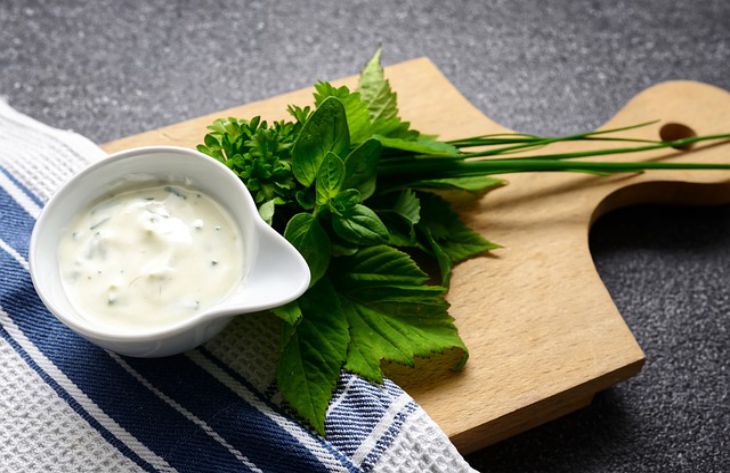Even the most experienced designers sometimes make mistakes that can significantly undermine the visual perception and functionality of the kitchen.
This article looks at the most common mistakes that can ruin your kitchen design and provides tips on how to avoid them.
1. Insufficient space planning
One of the main mistakes that is often made when designing a kitchen is insufficient space planning.
Poor planning can result in a cluttered space or, conversely, an empty and dysfunctional space.
Before starting the design, it is necessary to carefully consider what functions the kitchen will perform and what zones it will be divided into: work area, dining area, storage area, etc.
2. Inefficient work triangle arrangement
The working triangle is a combination between the work surface, refrigerator and stove. Incorrect arrangement of these elements can significantly complicate the cooking process and worsen the functionality of the kitchen, notes Yulia Tychino, an expert on interior design for the BelNovosti online publication.

The correct positioning of the work triangle allows you to optimize the work process as much as possible and save time on travel.
3. Poor choice of color palette
The color palette plays a huge role in the feel and visual perception of the kitchen. Colors that are too bright and saturated can create a feeling of clutter and tension, while colors that are too dull or monotonous can make the space feel boring and monotonous.
It is necessary to carefully select the color palette, taking into account individual preferences and the lighting of the room.
4. Insufficient lighting
Lighting is a key aspect of kitchen design. Insufficient lighting can not only make cooking difficult, but also impair the visual perception of the space.
Combined lighting, including general, task and accent lighting, will create a cozy and functional atmosphere.
5. Neglect of storage
Proper storage organization is one of the main conditions for a functional kitchen. The mistake is that insufficient attention is paid to optimizing the storage of dishes, kitchen utensils and products.
Before you begin designing, you need to decide on the number and types of storage, as well as consider the ease of access to them.
6. Excess of decorative elements
Too many decorative elements such as ornaments, souvenirs and other accessories can create a feeling of clutter and overload. Decor should be used wisely so as not to lose the cleanliness and functionality of the space.
7. Incorrect choice of materials
The choice of materials for the kitchen plays a decisive role in its long-term functionality and appearance.
Incorrectly chosen materials can wear out quickly, lose their appeal, and even become a source of problems, such as impractical stains on surfaces.
8. Ergonomic errors
The comfort and usability of the kitchen are closely related to ergonomics. Incorrect furniture placement, insufficient space for movement and other aspects can make working in the kitchen unpleasant and difficult.
9. Incorrect planning of sockets
The modern kitchen relies on electrical appliances, and proper placement of socket groups is critical.
Insufficient number of sockets or their incorrect placement can create inconvenience and difficulties in using equipment.
10. Neglect of functionality
Finally, one of the main mistakes is neglecting functionality for the sake of style. The kitchen, first of all, should be functional and meet the needs of the owners. Before delving into design solutions, it is necessary to ensure ease of use and practicality.
Conclusion
Kitchen design is a balance between aesthetics and functionality. The mistakes we've covered can seriously affect the overall feel of the space and its practicality.
When designing a kitchen, it is necessary to carefully consider every detail, take into account individual needs and preferences, and also follow the basic principles of ergonomics and design.
Proper planning and attention to detail will help you avoid many mistakes and create a kitchen that will delight you with its beauty and functionality for many years.








